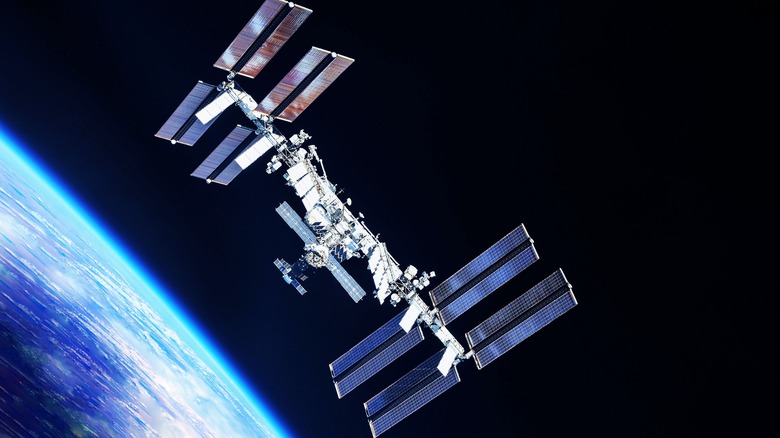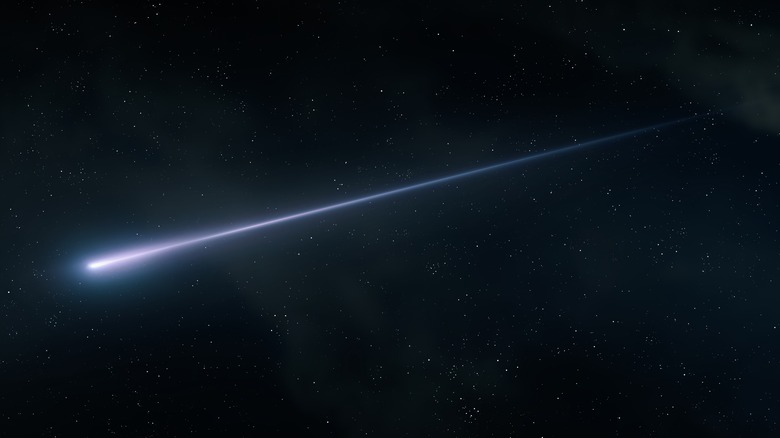SpaceX Will Destroy The ISS – Here's What We Know About The Plan
Everything must come to an end sooner or later, even if it's something as beloved and significant as the International Space Station. The station still has some time left before NASA needs to properly dismantle and take it out of Earth's orbit, but a plan needs to be in place for the process otherwise there's significant risk. The station is solidly built and will remain in Earth's lower orbit until 2030. The space agency needs to be ready before it comes time for the last crew to depart the station. This isn't NASA's first rodeo with deorbiting a space station, as the national agency learned quite a few things from its own Skylab station in 1979 and Russia's Mir station in 2001.
In preparation for the ISS's eventual end of life, NASA selected SpaceX to develop the US deorbiting vehicle that will safely remove the station from Earth's orbit. A number of alternatives were explored before settling on deorbiting the ISS, which is a nice way of saying it's going to be destroyed. NASA considered an uncontrolled re-entry, but the ISS is nearly the size of an American football field. Without the ability to maneuver the space station, it could crash on a populated region.
Ken Bowersox, the agency's director of space operations, said, "Selecting a U.S. De-orbit Vehicle for the International Space Station (ISS) will help NASA and its international partners ensure a safe and responsible transition in low Earth orbit at the end of station operations."
What the deorbiting plan entails
There are no specifics about the deorbiting vehicle's design yet. SpaceX might take the $843 million NASA awarded it to adapt an existing Dragon spacecraft to get the job done or it might build a whole new vehicle from scratch. What is known is that the deorbiting vehicle will launch roughly a year before the International Space Station's expiration date, while astronauts are still living aboard, and attach itself to it. Those still aboard would gradually depart and return to Earth throughout that year until the station is completely vacant for the first time in 30 years.
As the ISS's orbit naturally decays, the deorbiting "tugboat" will conduct a series of burns to maneuver it to a position in Earth's atmosphere where it and any debris that falls off will crash into parts of the Pacific Ocean that aren't densely populated. The station's final resting place is a secluded place in the Pacific dubbed Point Nemo, over 1,500 miles (2,500 km) from land. This is a point in the ocean farthest from any piece of land.
It's not as easy as developing a vehicle that can safely bring the space station down to Earth. That's the easy part. Scientific American reported that NASA told SpaceX that the vehicle needs to be able to accomplish its mission even if up to two components fail. Right now, the ISS unassumingly orbits Earth, visible to the naked eye (if you know where to look), but its final descent will be a funeral pyre on display for the world.

